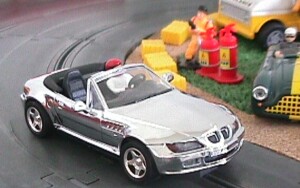 Last updated on December 21, 2025
Last updated on December 21, 2025 2000 BMW Z3 Roadster - New Millenium Limited Edition |
Total of brand 'Cartrix': 1 factory models, 0 reproductions, 1 total.
 Last updated on December 21, 2025
Last updated on December 21, 2025 2000 BMW Z3 Roadster - New Millenium Limited Edition |
Total of brand 'Cartrix': 1 factory models, 0 reproductions, 1 total.

Back to the Brand list